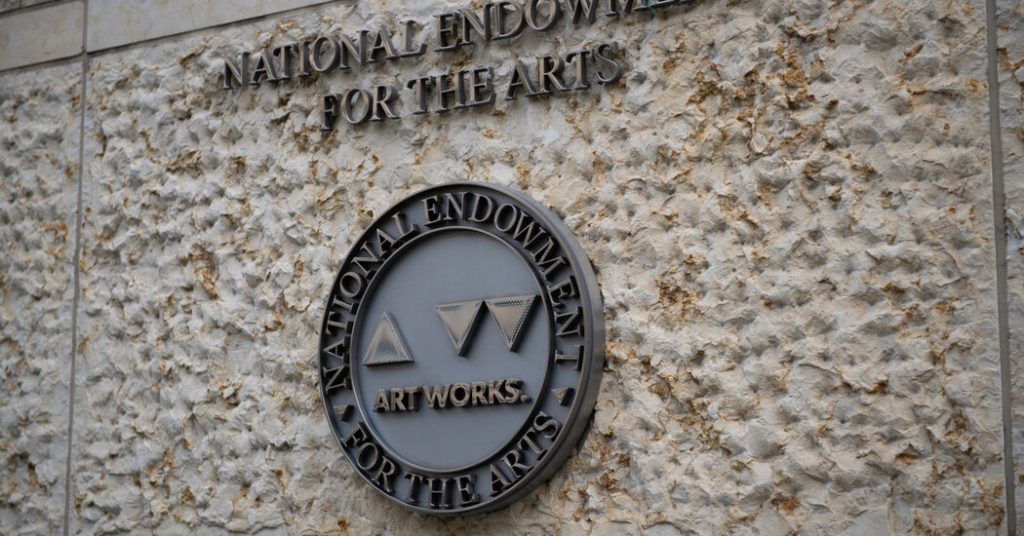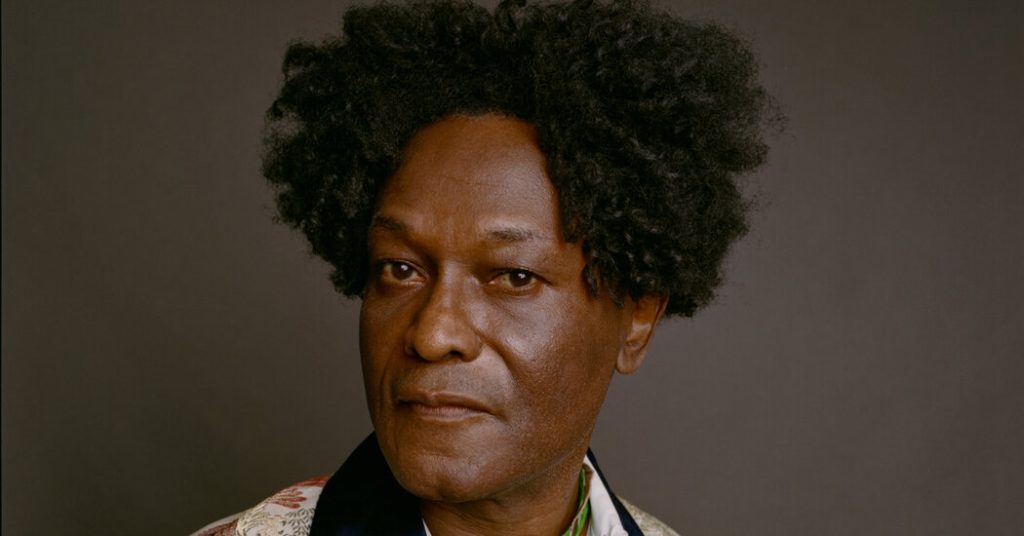Lorem ipsum dolor sit amet, consectetur adipiscing elit. Ut elit tellus, luctus nec ullamcorper mattis, pulvinar dapibus leo.










© 2025 Glutenfreenews. All rights reserved
You cannot copy content of this page